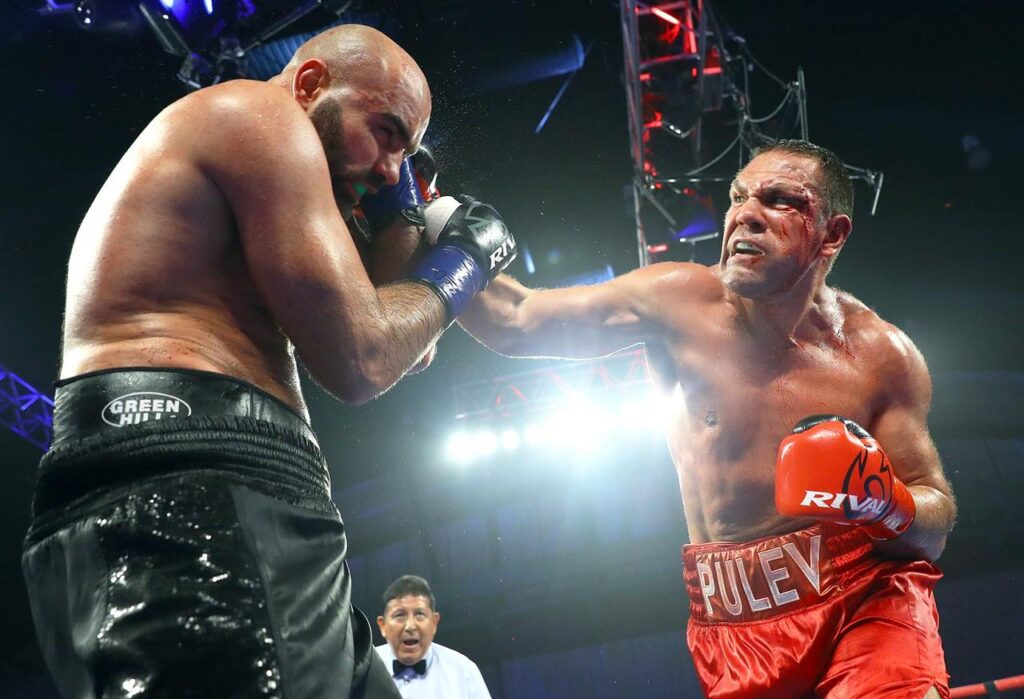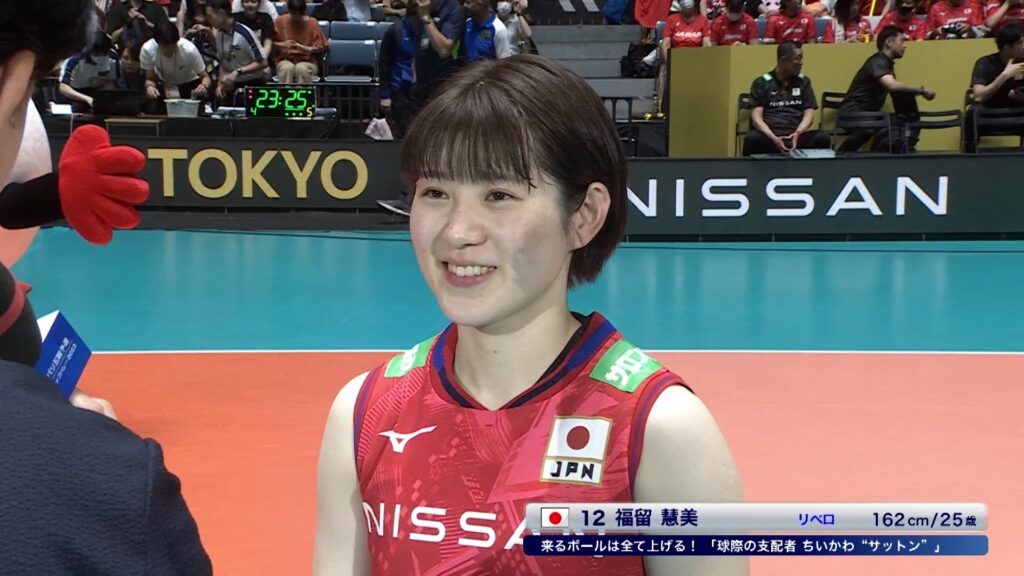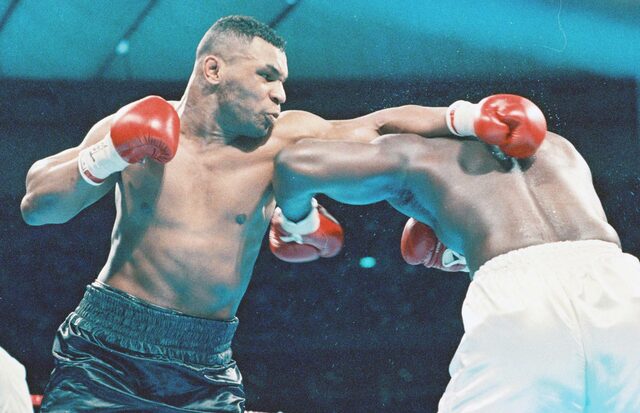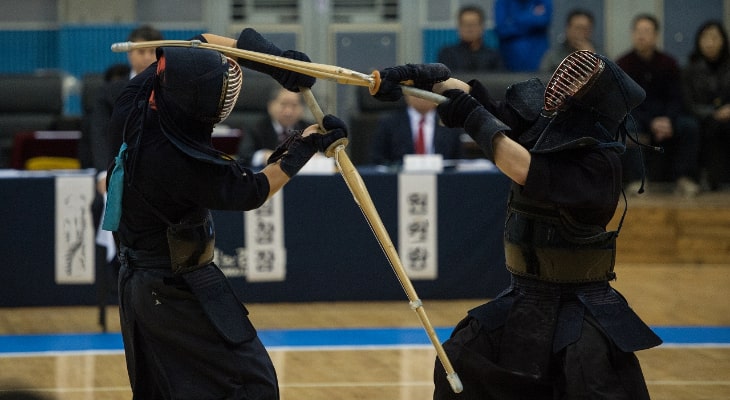
Kendo is not just a sport, but also a place to learn etiquette and spirituality.
Especially for junior high school students who are still developing, Kendo offers great opportunities for self-growth.
However, it is not just practice, but knowing how to practice effectively that will determine how quickly you improve.
This article focuses on how junior high school students who are just starting Kendo can improve their techniques and become stronger swordsmen.
We cover a wide range of topics, from the basics to applied techniques, how to balance your mind, technique, and body, and how to prepare for a match, and provide specific advice that will be useful in actual training and matches.
For those of you who are about to embark on the path of Kendo, I hope this article will help you grow and succeed in the beautiful world of Kendo.
目次
- 1 Introduction: For junior high school students to become stronger in Kendo
- 2 Acquisition of basic techniques: The basics of Kendo that junior high school students should learn
- 3 Effective practice method: Kendo strengthening plan for junior high school students
- 4 Training physical and mental strength: Balance of mind, technique, and body in Kendo
- 5 Learning from senior swordsmen: success stories and advice
- 6 To be successful in the match: specific preparation and strategies for the match
- 7 Message to parents and instructors: How to support junior high school students in Kendo
- 8 Summary and future of Kendo
Introduction: For junior high school students to become stronger in Kendo
Kendo is not just a competition, but a traditional Japanese martial art that teaches self-discipline and etiquette.
Learning kendo during the formative years of junior high school students can train not only physical strength but also mental strength and promote maturation as a person.
Here, we will give some basic advice for junior high school students starting Kendo, and explain the appeal of Kendo.
Advice for junior high school students starting Kendo
For junior high school students who are just starting Kendo, it is important to first learn the basics thoroughly.
Mastering the basic posture, foot movements, and the correct way to hold a Shinai sword is the first step to becoming a master.
Also, in daily practice, it is important to find meaning in each movement and think about it for yourself, rather than just repeating formal movements.
Kendo practice is both physically and mentally demanding, so make sure to allocate plenty of time to warm-up exercises before starting practice.
Also, politeness towards teachers and seniors is very important in Kendo.
Please be sure to bow after receiving a lesson, and keep practicing with gratitude.
What is the appeal of Kendo?
The greatest appeal of Kendo is that it not only helps you improve your technique, but also that you can hone your spirituality in the process.
In Kendo, it is said that “it begins with a bow and ends with a bow,” so you must bow at the beginning and end of your training.
Through this bow, you can express your respect and gratitude towards the other person.
Kendo is also a dialogue with oneself.
In order to take advantage of one side, you must control not only your opponent’s mind, but also your own.
This self-control also leads to improved patience and concentration in daily life.
The strengthening of physical strength, growth of mind, and understanding of the importance of etiquette gained through Kendo will not only be learned as a junior high school student, but will become valuable assets for enriching one’s life in the future.

Acquisition of basic techniques: The basics of Kendo that junior high school students should learn
Learning basic techniques is very important in order to improve in Kendo.
When junior high school students begin Kendo, the first things they must master are correct posture, foot movements, and basic striking techniques.
Having a firm grasp of these basics is the foundation for improving your skills.
Correct posture and leg movements
Correct posture in Kendo requires both stability and ease of movement.
Maintain balance by keeping your back straight, bending your knees slightly, and engaging your lower body.
The basic movement of the feet is a walking style called “suriashi”.
The key to this walking style is to keep the soles of your feet gliding on the ground, and to maintain a sense of ground contact at all times.
This allows you to maintain a position that allows you to move quickly at any time, leading to stable striking techniques.
Basics of Uchi Techniques: How to use Kote, Men, Do, and Tsuki.
Kendo techniques mainly include kote, men, do, and tsuki. Proper execution of each technique is necessary for effective striking.
- Kote : A technique that aims at the opponent’s wrist. When performing kote, the tip of the shinai must hit the opponent’s wrist quickly and accurately.
- Men : This is the most basic striking technique and involves hitting the opponent’s head (men). When striking a man, the shinai is swung high and powerfully hits the opponent’s face.
- Torso : A technique that aims at the opponent’s abdomen. When striking the opponent’s torso, the shinai must be swung out from the side and hit the opponent’s side torso.
- Tsuki : A technique of thrusting a bamboo sword into the opponent’s throat. Thrusting is a very dangerous technique and requires precision and control. When performing a thrust, it is important to push the shinai straight forward and keep it to just enough to lightly touch the opponent’s throat.
To master these techniques, it is essential to practice them in the correct form over and over again.
By practicing faithfully from the basics under your teacher’s guidance, you will gradually be able to improve the accuracy of each technique.

Effective practice method: Kendo strengthening plan for junior high school students
In order to improve your Kendo techniques, it is important to understand effective practice methods and incorporate them into your daily practice, rather than just practicing vaguely.
In order to create an efficient training plan for junior high school students, we will explain the points to keep in mind during daily practice, how to properly use and manage the Shinai, and the significance of learning Kendo’s Kata.
Important points in daily practice
Kendo training generally begins with repetition of basic techniques and gradually progresses to applied techniques. The important points in daily practice are as follows.
- Stay true to the basics : Always go back to basics and check correct posture and foot movement.
- Concentrate on each stroke: Make every stroke count, and try to perform high-quality strokes.
- Repetitive practice : Do the same movement over and over again to get it ingrained in your body.
- Accept advice from teachers and seniors : Take advantage of feedback from your instructors and immediately incorporate improvements.
How to use and manage bamboo swords
Shinai is a basic tool in Kendo, and requires proper handling and management.
- How to use : When striking the shinai, grip it firmly and use your entire body to swing it, not just your shoulders and arms. It is also important to understand and control the speed and force of swinging the Shinai.
- Management method : Always keep the bamboo of the shinai dry to prevent it from cracking, and avoid direct sunlight when storing. It is recommended to wipe off sweat after use and apply oil regularly to moisturize.
The significance of learning kendo forms (kata)
Kendo’s kata (kata) is not only about technical precision, but also embodies the philosophy and teachings of kendo. Learning shapes has the following significance.
- Technique Refinement : Learn detailed and precise movement of techniques through shapes.
- Spiritual Growth : Practicing Kata can also train you to improve your concentration and unify your mind.
- Continuing Tradition : Kata is a way to learn about the history and traditions of Kendo, allowing you to experience the techniques of your predecessors.
By incorporating these practice methods and mindsets into their daily practice, junior high school students will be able to improve not only their Kendo techniques but also their spirituality.

Training physical and mental strength: Balance of mind, technique, and body in Kendo
In Kendo, the balance between mind, technique, and body is extremely important.
This is the idea that high-level Kendo can only be performed when the mind (mental strength), technique (technique), and body (physical strength) work together.
For junior high school students to succeed in Kendo, it is essential to improve their physical strength and develop their mental strength.
Here, we will explain training methods to build physical strength, as well as meditation and breathing techniques to increase mental strength.
Training methods to increase physical strength
Kendo matches are held over a short period of time, but require a high level of concentration and explosive strength.
Therefore, it is effective to train your body in the following ways:
- Endurance training : Improve your basic physical strength by running. Jog medium to long distances several times a week.
- Strength training : Build the muscles necessary for Kendo, especially the leg and arm muscles. Bodyweight exercises such as squats, lunges, and push-ups are effective.
- Explosive power training : Incorporate short-distance sprints and interval training to develop the short-term high athletic performance required for competition.
Meditation and breathing techniques to increase mental strength
In Kendo, it is not only important to master technique, but mental concentration and calmness are equally important. The following meditation and breathing exercises will help you increase your mental strength.
- Zazen Meditation : Practice zazen meditation with your eyes closed in a quiet environment. Practice focusing on your breathing, and when your mind wanders to thoughts, return to your breathing. This will improve your concentration and help you cope with the pressure during the match.
- Breathing method (abdominal breathing) : Be conscious of deep abdominal breathing. Inhale slowly as you expand your stomach, and exhale slowly as your stomach concaves. This breathing technique relieves anxiety and tension and promotes relaxation of the mind and body.
By doing these physical and mental trainings on a daily basis, junior high school students will be able to acquire a more balanced strength in Kendo.

Learning from senior swordsmen: success stories and advice
For junior high school students learning kendo, the success stories and advice of senior swordsmen are extremely stimulating and serve as a source of motivation for their own practice.
We will introduce case studies of junior high school swordsmen who are active locally and nationwide, and explain their advice and learning points.
Case studies of junior high school swordsmen who are active locally and nationwide
Taro Tanaka (pseudonym), who attends a local junior high school, won both the individual and team competitions at the National Junior High School Kendo Tournament.
Taro spends a lot of time practicing basic movements repeatedly during his daily training, focusing on improving his foot movements and accurate batting techniques.
I also do special mental training before a match, meditating and trying to improve my concentration.
Another player, Hanako Sato (pseudonym), has also won the Most Valuable Player Award at local kendo tournaments in consecutive years, and has been recognized not only for her technique but also for her leadership and contribution to the team.
Hanako uses her time outside of practice to strengthen her physical strength, learn about sports nutrition, and manage her diet.
Advice and learning points from seniors
Here’s some advice from these seniors:
- Respect the basics : Seniors all agree that mastering the basic techniques of Kendo is the key to progress. Repetition of basic movements every day is the foundation for acquiring advanced skills.
- Mental Strength : Kendo competitions are mentally demanding, so it’s important to maintain a calm mind and perform at your best by incorporating meditation and proper breathing techniques.
- Thoroughly manage your physical condition : Maintaining and improving your physical fitness requires proper nutrition and sleep. You are also required to take care of your health and practice in the best possible condition.
It is important for junior high school students to use these success stories and advice as a reference and practice daily with the aim of improving their own Kendo techniques and mental strength.
By learning from the experiences of your seniors and applying them to your own Kendo life, you will naturally see results.

To be successful in the match: specific preparation and strategies for the match
Kendo matches require more than just good technique; they also require proper preparation and strategy.
In order for junior high school students to be successful in matches, it is especially important to prepare and prepare before the match, as well as understand the tactics and key points during the match.
Below, we will focus on these points and provide specific advice.
Pre-match preparation and mindset
Preparing for a match involves both physical and mental preparation.
-
Physical preparation :
- Checking equipment : To avoid panic on the day of the match, we check the condition of the gi, armor, and shinai in advance, and replace or repair them as necessary.
- Health management : The day before the match, get enough sleep and plan your meals to ensure proper nutrition. Also, pay attention to hydration to prevent dehydration before the match.
-
Mental preparation :
- Mental preparation : To prepare your mind for the game, calm your mind through meditation and deep breathing. I also prepare mentally by simulating the flow of the match and possible scenarios in my head.
- Goal setting : It is also important to build confidence by setting small goals and achieving them. For example, it’s a good idea to have a specific goal, such as “I want to win one in my first match.”
Tactics during matches and how to save points
During the match, being aware of the following tactics and points is the key to success.
-
Early pressure :
- By attacking aggressively from the start of the match, you can put pressure on your opponent and take control.
-
Read your opponent’s movements :
- Observe your opponent’s habits and reactions and use that information to time your attack effectively.
-
Flexible response :
- Matches are often unpredictable, so you need to be flexible and adapt to the situation. In particular, when the flow of the match becomes unfavorable, I will try to calmly recover and change my strategy.
-
How to save points :
- To ensure you get advantageous points, don’t rush and aim for a chance to score points. In particular, be sure not to miss the moment when your opponent gets tired and becomes less defensive.
Through these preparations and tactics, junior high school fencers will be able to perform at their best and achieve success in their matches.

Message to parents and instructors: How to support junior high school students in Kendo
Supporting junior high school students learning Kendo requires close cooperation between parents and instructors.
Here, we will explain key points about creating a safe environment, providing emotional support, and how parents and teachers should work together.
Creating a safe environment and providing emotional support
Kendo is a martial art that involves physical contact, so creating a safe environment is extremely important.
-
Preparation of appropriate equipment and tools :
- Always keep the dojo clean and check the safety of the floor. In addition, armor and shinai will be regularly maintained, and if there are any deficiencies, they will be promptly repaired or replaced.
-
Injury prevention and response :
- Proper warm-up before starting Kendo reduces the risk of injury. We also establish clear response protocols in the event of an injury and keep the necessary medical kits on hand.
-
Emotional support :
- To relieve the stress of competition and failure, we provide relaxation and fun activities outside of Kendo. It is also important to provide counseling and mental support to help people manage their emotions.
The importance of cooperation between coaches and parents
Cooperation between parents and instructors is essential for junior high school students to grow in Kendo.
-
Sharing information :
- Leaders keep parents regularly informed about their pupils’ progress, progress and the support they need. This allows parents to follow up at home.
-
Matching goal settings :
- It is important that parents and instructors are on the same page regarding the student’s goals and expectations for Kendo. This provides students with consistent messages and support, which can increase motivation.
-
Providing emotional support :
- Parents and coaches need to work together to support students when faced with competitive failures and challenges. Encouragement and appropriate advice can help strengthen students’ resilience.
By working together with parents and instructors, we hope that junior high school students will have a fulfilling Kendo life and will grow not only in their technique but also in their spirituality.
This kind of support system provides the foundation for students to maximize their growth through Kendo.

Summary and future of Kendo
Kendo is more than just a sport, and the learning gained through practice and competition is of immeasurable value for the growth of junior high school students.
In this article, we’ll explore the lessons you can learn through Kendo, how you can practice to become stronger, and how to set effective goals.
The value of learning through Kendo
Practicing Kendo not only improves your technique, but also promotes mental maturity and social development.
Kendo’s spirit of “beginning with courtesy and ending with courtesy” is the basis for developing politeness and respect for others in daily life.
In addition, in Kendo, the path to success is through repeated failures, and students can acquire the courage to move forward without fear of challenges and failure.
These experiences will be of great help to you in your studies and future career.
Sustainable training methods and goal setting to get stronger
In order to improve your Kendo skills over the long term, you need a sustainable practice method and realistic goal setting.
-
Planning a practice plan :
- Plan how you will incorporate Kendo practice into your daily life. Considering the balance with schoolwork, it is important to include practice of basic movements that can be done at home in addition to practicing several times a week.
-
Setting small goals :
- Build confidence by setting small, short-term goals and achieving them. For example, you might have a specific goal like “Master the basic thrusting technique within this month.”
-
Use feedback :
- We strive for continuous improvement by actively seeking feedback from instructors and senior students and applying it to our next practice.
-
Thorough health management :
- It is very important to maintain good physical condition in order to maintain the quality of your training. We will ensure proper nutrition and rest, and strive to maintain physical condition to maintain peak performance.
Kendo is more than just a physical activity for junior high school students.
Through this martial art, you can cultivate the trinity of technique, spirituality, and physical strength in a well-balanced manner, which will become a great strength not only for personal growth but also for building relationships with others.
By continuing to practice Kendo, we hope that you will expand your horizons as a person and enjoy a new journey of self-discovery.





